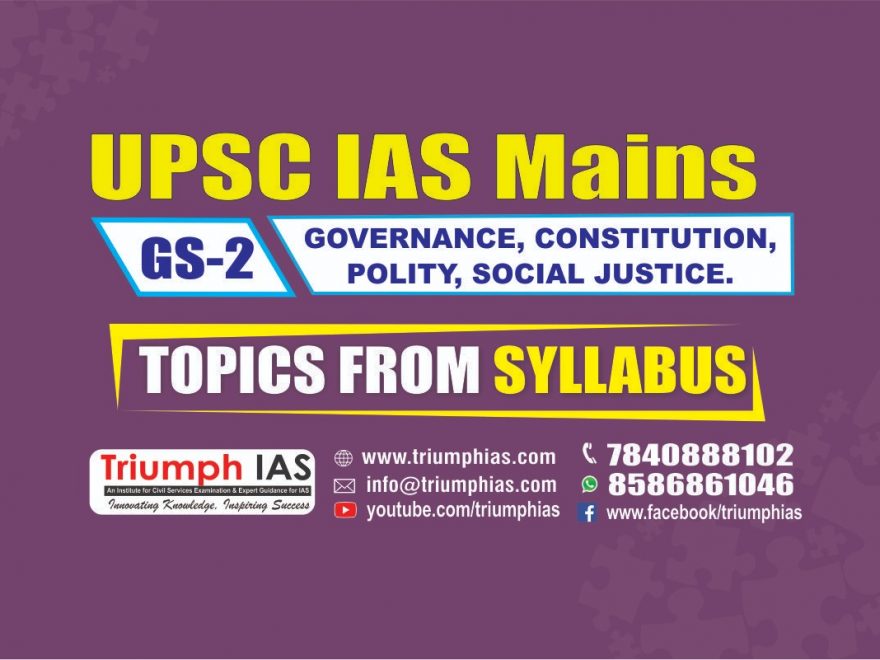Relevance: Mains: G.S paper II: Polity: Salient features of the Representation of People’s Act.
Salient features of RPA

Introduction
- NOTA is a choice of negative voting in certain electoral systems to help voters express their dissent for all the candidates competing in an election. It is based on the principle that the spirit of democracy is upheld by giving citizens a platform to voice their dissent while simultaneously participating in the electoral process.
- Introduced through People’s Union for Civil Liberties v Union of India 2013, “none of the above” (NOTA) option has gradually become a notable part of Indian elections.
- Yet, NOTA polling figures are small. On an average, the maximum NOTA vote share has not crossed 2.02% of the total votes polled in any election cycle. The perceived cynicism of Indian voters against the political class thus seems exaggerated.
- In the 2014 Lok Sabha polls, 59,99,247 voters opted for NOTA which was 1.1% of total votes. In 17 states/union territories, the number of NOTA votes was above the national average in Lok Sabha elections.
How was NOTA introduced?
- In 2004, People’s Union for Civil Liberties filed a writ petition in the Supreme Court questioning the constitutional validity of the Conduct of Elections Rules 41 (2 and 3) and 49-O, as these violated the secrecy of a vote.
- While deciding this petition in September 2013, the Supreme Court directed the ECI to introduce NOTA in electronic voting machines.
- The fundamental right under Article 19(1) (a) read with statutory right under Section 79(d) of the RP Act is violated unreasonably if right not to vote effectively is denied and secrecy is breached.
Article 19 guarantees all individuals the right to speak, criticise, and disagree on a particular issue. Not allowing a person to cast vote negatively defeats the very freedom of expression and the right ensured in Article 21 i e, the right to liberty.)
- The Court thereby raised negative voting to the status of fundamental right.
- It also went beyond the primary argument of safeguarding secrecy of voter, emphasising the positive impact negative voting can have on cleaning politics and improving participation in electoral democracy.
Significance
- Across elections, the number of NOTA votes polled was larger than the winning margin in several of the constituencies.
- This was the case in 55 out of 629 constituencies across four states that went to the polls in 2013. In 2014, 62 out of 1,079 constituencies across nine states had NOTA exceeding the winning margins.
In the 2015 assembly elections, this was true for 21 out of 313 constituencies, and in 2016, for 62 of 824 constituencies. In the Lok Sabha elections, NOTA votes exceeded the winning margin in 24 of 543 constituencies. Pattern of NOTA voting
- An analysis of the limited NOTA voting figures so far indicates four clear patterns.
- Reserved constituencies
- First, reserved constituencies have seen relatively larger number of NOTA votes.
- This points to the continued social prejudice against political reservation for Scheduled Castes (SCs)/Scheduled Tribes (STs).
- LWE affected constituencies
- Second, constituencies affected by left-wing extremism (LWE) have also recorded higher NOTA votes, and here probably it served as an instrument to protest against the state itself.
- Reflect distrust in top national parties
- Third, NOTA figures are comparatively higher in constituencies that have seen a direct contest between the Congress and the Bharatiya Janata Party (BJP).
- One may read this as an indication of the people’s disenchantment with the two mainstream political parties.
- Not against candidates but political system
- Lastly, against the widely held perception, NOTA need not lead to higher voter turnout.
- Overall, Indian voters seem to be using NOTA not just to show their disapproval of the candidates in the fray but to express their protest against things they perceive wrong in the political system.
Chile discarded compulsory voting in 2013 and voter turnout declined drastically from 87.67% in the 2009 elections to 49.25% in the 2013 parliamentary elections.
The state of Nevada in the US which instituted negative voting in 1976 has interestingly seen a decline in voter turnout since the introduction of negative voting.
- In Bangladesh, negative voting option was introduced in 2008 with the right to reject. Voter turnout saw a dramatic rise in the subsequent parliamentary elections reaching 85.26% but declined drastically to 51.37% in the 2014 election.
- Voting trends in India suggest that NOTA need not necessarily drive up voter turnout. In the Lok Sabha elections, NOTA had no correlation with voter turnout.
Conclusion
- The trends so far show that at least a small number of Indian voters have come to see NOTA as an instrument of protest against many things that they believe is problematic with the political system of the country.
- However, it will become a meaningful means of negative voting only if it becomes a “right to reject” rather than being a symbolic instrument to express resentment as it is now.
For more such notes, Articles, News & Views Join our Telegram Channel.
Click the link below to see the details about the UPSC –Civils courses offered by Triumph IAS. https://triumphias.com/pages-all-courses.php

